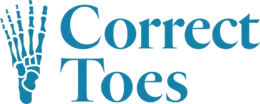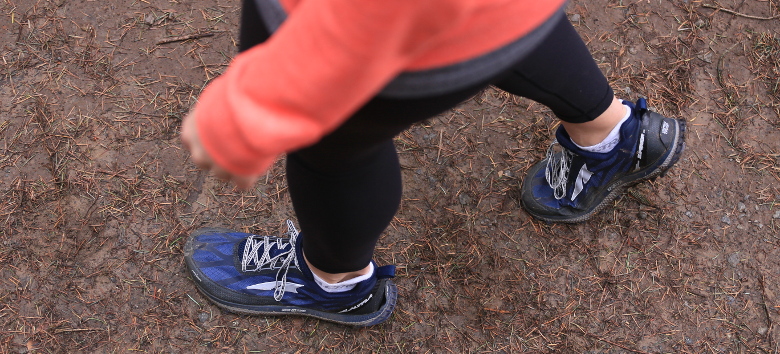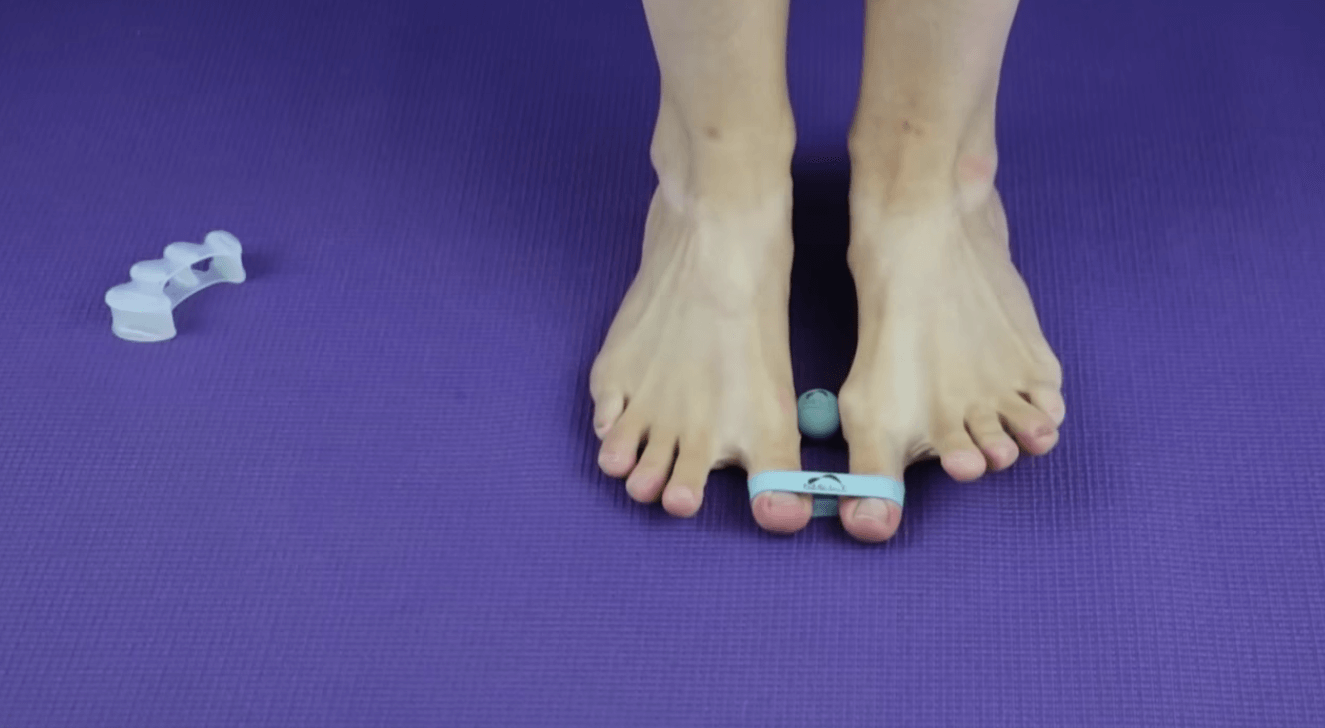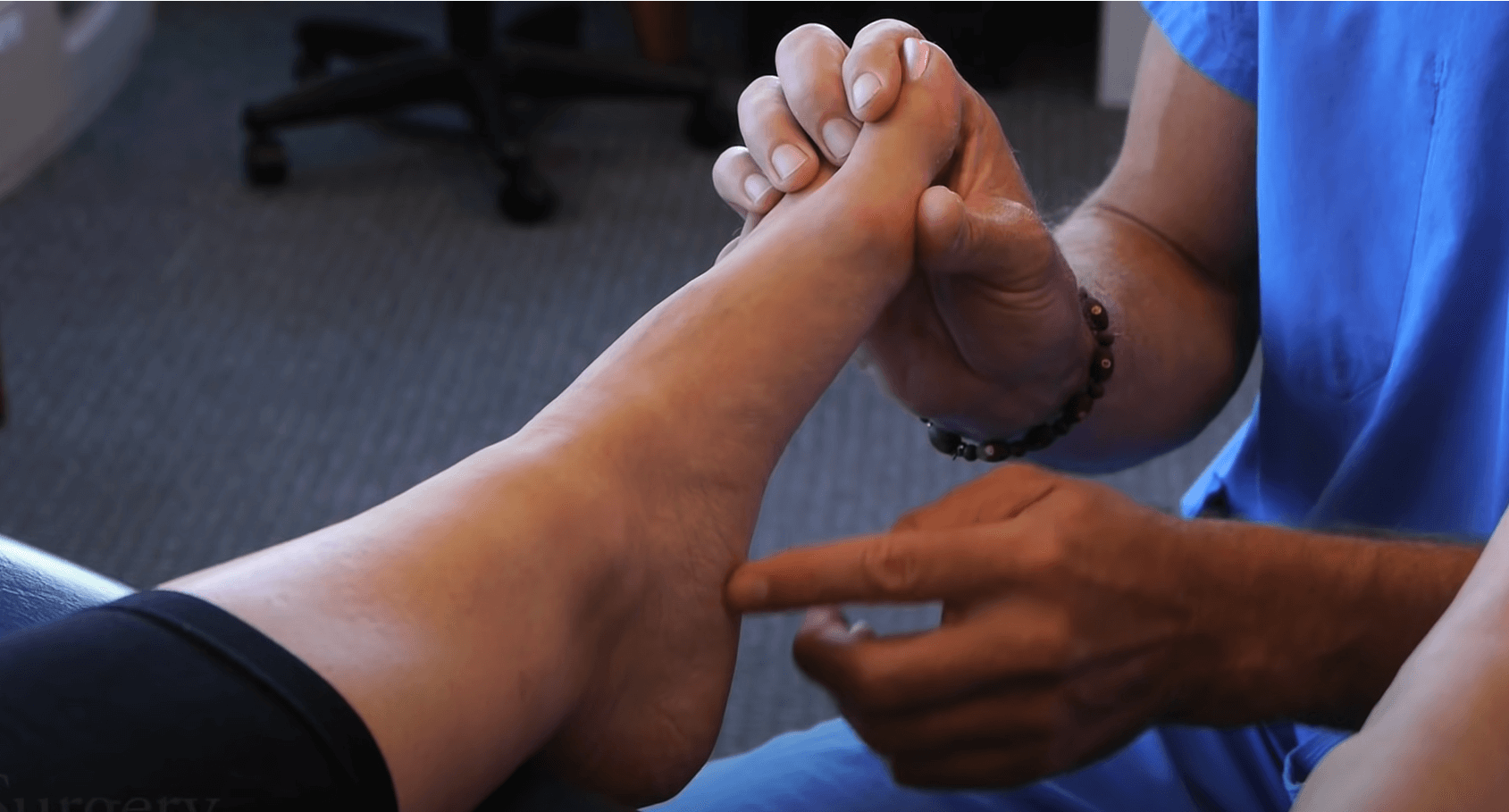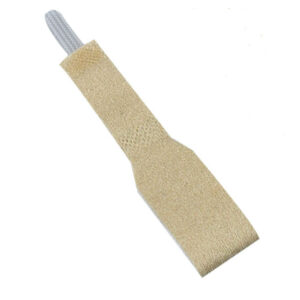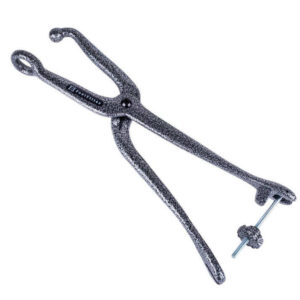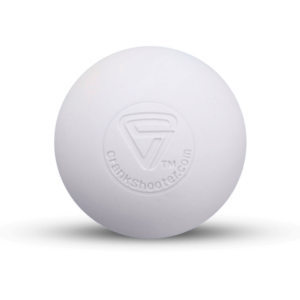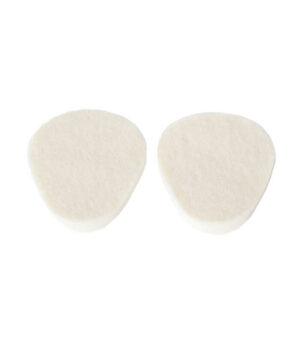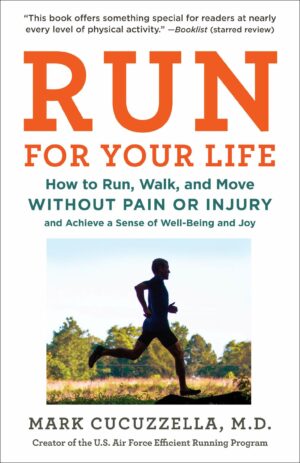Gait Analysis is a term that typically describes the testing or scrutiny of an individual’s movement patterns, or gait, and is common practice in running shoe stores and medical clinics. Gait analysis is regularly performed with the runner or walker moving on a treadmill, while the observer takes note of certain movement behaviors. Emphasis is placed on how closely an athlete emulates ‘perfect gait,’ or ‘textbook movement patterns’ with the goal of isolating behaviors that are either ineffective or potential contributing factors for dysfunction, imbalance or injury.
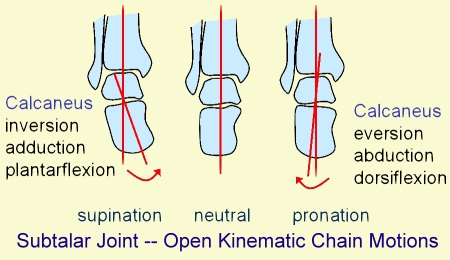
Optimal use of gait analysis helps to identify inefficiencies within an athlete’s form, utilizing whole-body sensors, multiple camera views and countless computer analyzed data points. Skilled assessment from a trained coach, trainer or medical professional can lead to determining sources of an athlete’s injury or localize parts of gait that are perhaps less than ideal. But rather than this optimal implementation of gait analysis, most systems of gait analysis have a narrow focus. For example, the primary function of most footwear store gait analysis programs is to determine the function of only one joint within the foot, the subtalar joint. The subtalar joint is responsible for controlling the motions of pronation and supination, two perfectly normal and necessary components of healthy gait. This post will explore aspects of gait analysis when done well, and how to identify gait analysis done poorly.
The first thing to consider for gait analysis, regardless of the skill level of the professional conducting the test, is that most gait analysis has one innate flaw; the treadmill. Treadmill gait is not natural gait, leading to small, but influential differences in movement patterns and muscle activation. The belt of the treadmill acts upon the athlete by pulling the loaded leg backward, rather than the athlete activating muscles to project their body forward. While subtle, this difference can have huge consequences over great distances, particularly if the athlete doesn’t train on a treadmill. This slight difference between treadmill gait and natural gait becomes more profound if the athlete typically exercises on irregular surfaces, such as a trail runner or hiker. So, as we proceed into any nuances of gait analysis, keep in mind that the very foundation in which we are analyzing an individual is innately flawed, and thus, it’s difficult to extract useful data even if all other testing factors are perfect.
Let’s first discuss the most common form of gait analysis, and what is currently done at most athletic footwear stores. With several treadmills near a wall of shoes, a customer will be asked to hop on and demonstrate their normal running or walking form. The salesperson is likely not trained in biomechanics, has not studied anatomy 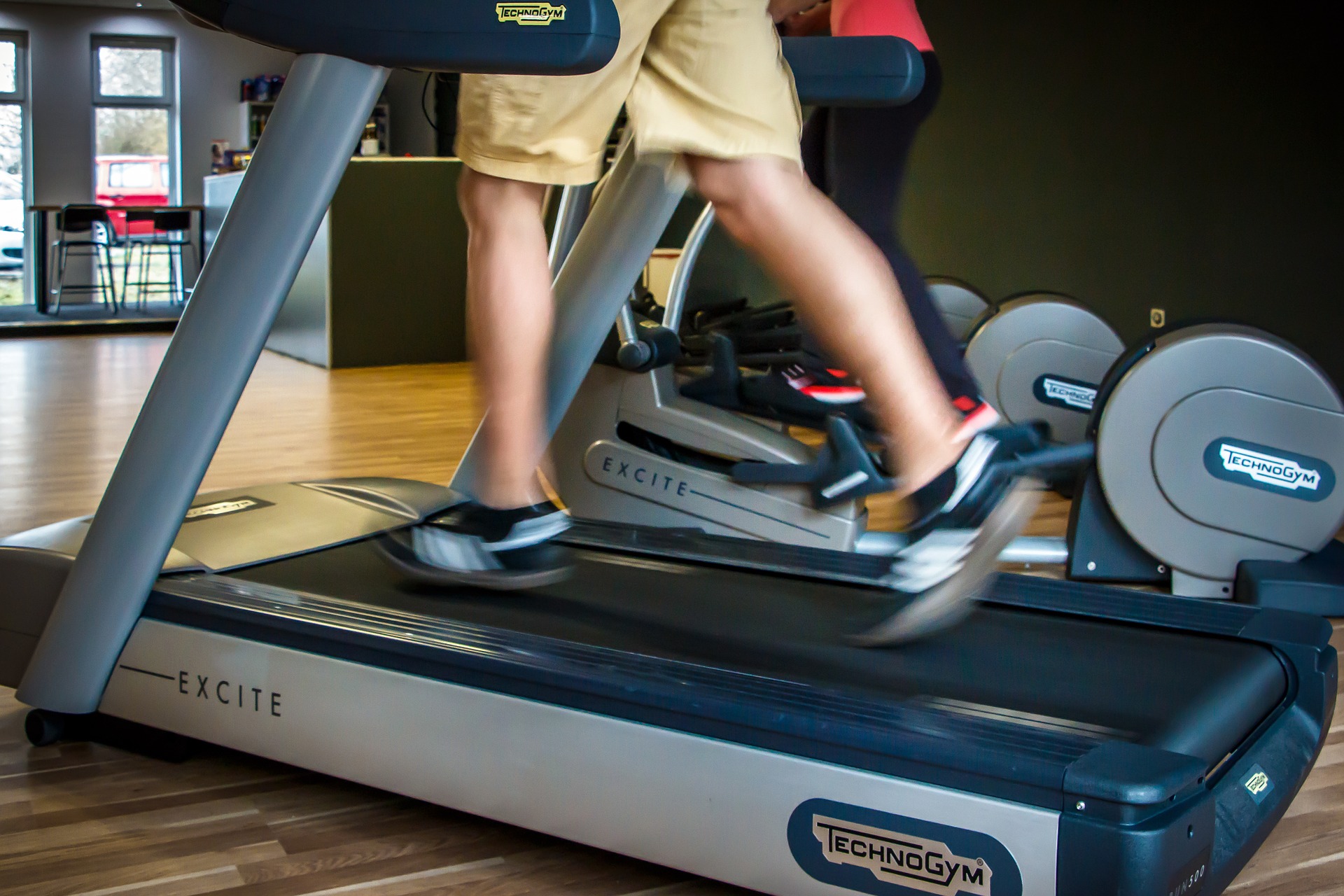 and is armed with limited knowledge such as how to determine arch height, or how to look for pronation and supination. While the customer runs or walks on the treadmill, a footwear salesperson creates an eyeballed assessment of the customer’s arch height and arch movement. The salesperson then matches the customer with a specific shoe style or brand that most ‘corrects’ or ‘fixes’ what the salesperson has deemed unacceptable in arch height or function. This system is not necessarily gait analysis, but rather, subtalar joint or arch analysis. It is exactly this subtalar evaluation (only one joint in the whole body) which determines how most athletes pick their shoes.
and is armed with limited knowledge such as how to determine arch height, or how to look for pronation and supination. While the customer runs or walks on the treadmill, a footwear salesperson creates an eyeballed assessment of the customer’s arch height and arch movement. The salesperson then matches the customer with a specific shoe style or brand that most ‘corrects’ or ‘fixes’ what the salesperson has deemed unacceptable in arch height or function. This system is not necessarily gait analysis, but rather, subtalar joint or arch analysis. It is exactly this subtalar evaluation (only one joint in the whole body) which determines how most athletes pick their shoes.
While the above scenario is commonplace, is it a valid form of assessment?
As we have discussed in previous blogs, arch height is not a credible measurement of dysfunction. Rather, arch height and movement varies within normative genetic values within the human population, see Arch Height vs. Arch Function. So, this subtalar joint evaluation is measuring a value that is innately different in every individual, and these differences are not necessarily ‘bad.’ Additionally, this type of testing was without sensors, cameras, computer generated force statistics or any substantial evaluator training. This testing also ignores some key factors; while the treadmill analysis may expose movement irregularities, it lacks the capacity to address muscle imbalances, hypertrophy and atrophy of tissues or the overall complexity of muscle activation. If there is a movement anomaly present for an athlete, great! With that additional information, that athlete can now address the imbalance with training changes, physical therapy, coaching, etc, rather than having a shoe provide instant correction. A new shoe, insert or orthotic doesn’t fix the inherent imbalance, but artificially addresses the result of the imbalance. Superficially propping up parts of the foot does not rectify the root muscular imbalance present. ‘Creating’ textbook gait will not always decrease injury, nor will it always increase efficiency. True ‘cure’ will occur only with strengthening, modifications, or changes made by the athlete over time.
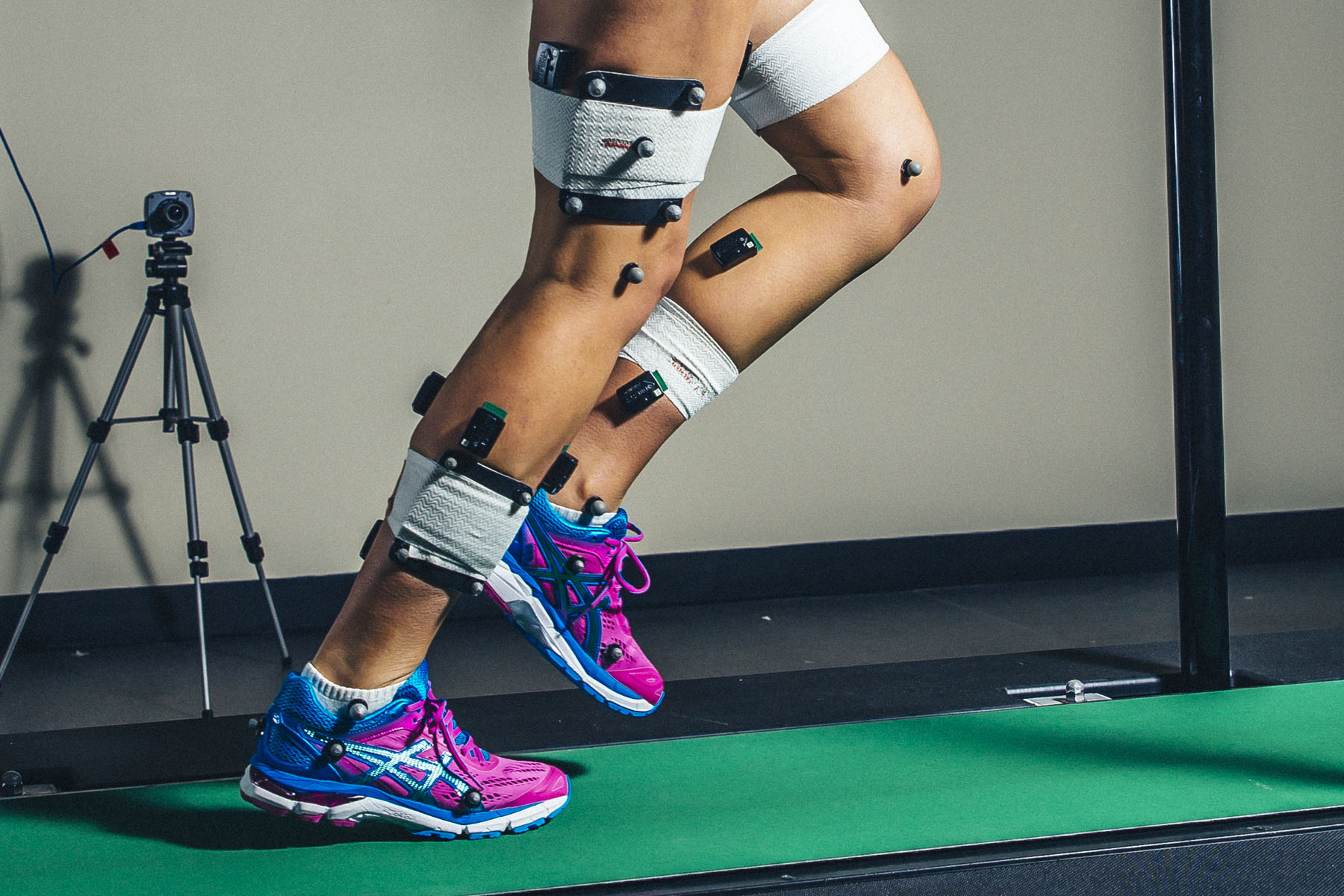
Moving beyond subtalar joint or arch analysis and into true gait analysis involves a lot more time, training and equipment. Professional gait analysis typically involves a physical therapist, podiatrist, kinesiologist, biomechanist or some other trained movement specialist. Markers are placed all over the body to capture joint angles, muscular activation, force upon impact, among many other factors. The movement of the individual is videotaped, to fully capture frame-by-frame images of the activation and involvement of each data point collected. Rather than being primarily focused on foot or ankle mechanics, the individual receives more of a whole-body movement analysis. These results are typically cross-referenced along with a full physical examination, dietary consultation, postural analysis, fitness level and blood testing. At the end of systemic testing and interpretation, an individual plan to correct movement errors is created. The plan may include strength changes, habitual postural adjustments and coaching on movement form. Upon several weeks or months of interventions, movement analysis is reassessed, changes are documented and additional revisions are added to the plan.
The belief that an individual’s current gait is unchangeable or that present gait anomalies are persistent with every step an individual takes is grossly incorrect. A 10-minute glimpse of an individual’s treadmill gait is exactly that, a glimpse. Gait analysis is not a summation of exactly how that person moves every step of every day. Yet the evaluation of one’s gait can lead to the acceptance by both the athlete and evaluator that the  gait patterns demonstrated at that moment are always consistent and incapable of alteration. It’s possible to alter one’s gait, consciously or unconsciously, based off mood, fatigue, walking surface or even within the presence of music. It has even been proven that men walking with a woman they are romantically involved with will slow down below their optimal pace. Additionally, there are predictable gait variations experienced while walking on pavement versus sand, as well as similarly experienced gait changes when an individual switches between dress shoes versus athletic shoes. In an extreme example, movement differs while wearing a ski boot versus a flip flop. These movement differences are not necessarily bad but demonstrate the wide range of movements that a body is capable of completing.
gait patterns demonstrated at that moment are always consistent and incapable of alteration. It’s possible to alter one’s gait, consciously or unconsciously, based off mood, fatigue, walking surface or even within the presence of music. It has even been proven that men walking with a woman they are romantically involved with will slow down below their optimal pace. Additionally, there are predictable gait variations experienced while walking on pavement versus sand, as well as similarly experienced gait changes when an individual switches between dress shoes versus athletic shoes. In an extreme example, movement differs while wearing a ski boot versus a flip flop. These movement differences are not necessarily bad but demonstrate the wide range of movements that a body is capable of completing.
This adaptability in gait helps us compensate in a variety of situations, but some of these compensatory mechanisms alter how muscles and joints within the body are intended to function. Ideal foot and ankle function occurs when joints sit in natural alignment, with the foot held on a level or flat platform. This means that regardless of the walking surface or aesthetic of the shoe, our footwear should not squeeze or lift toes, and should ideally be zero-drop with no heel 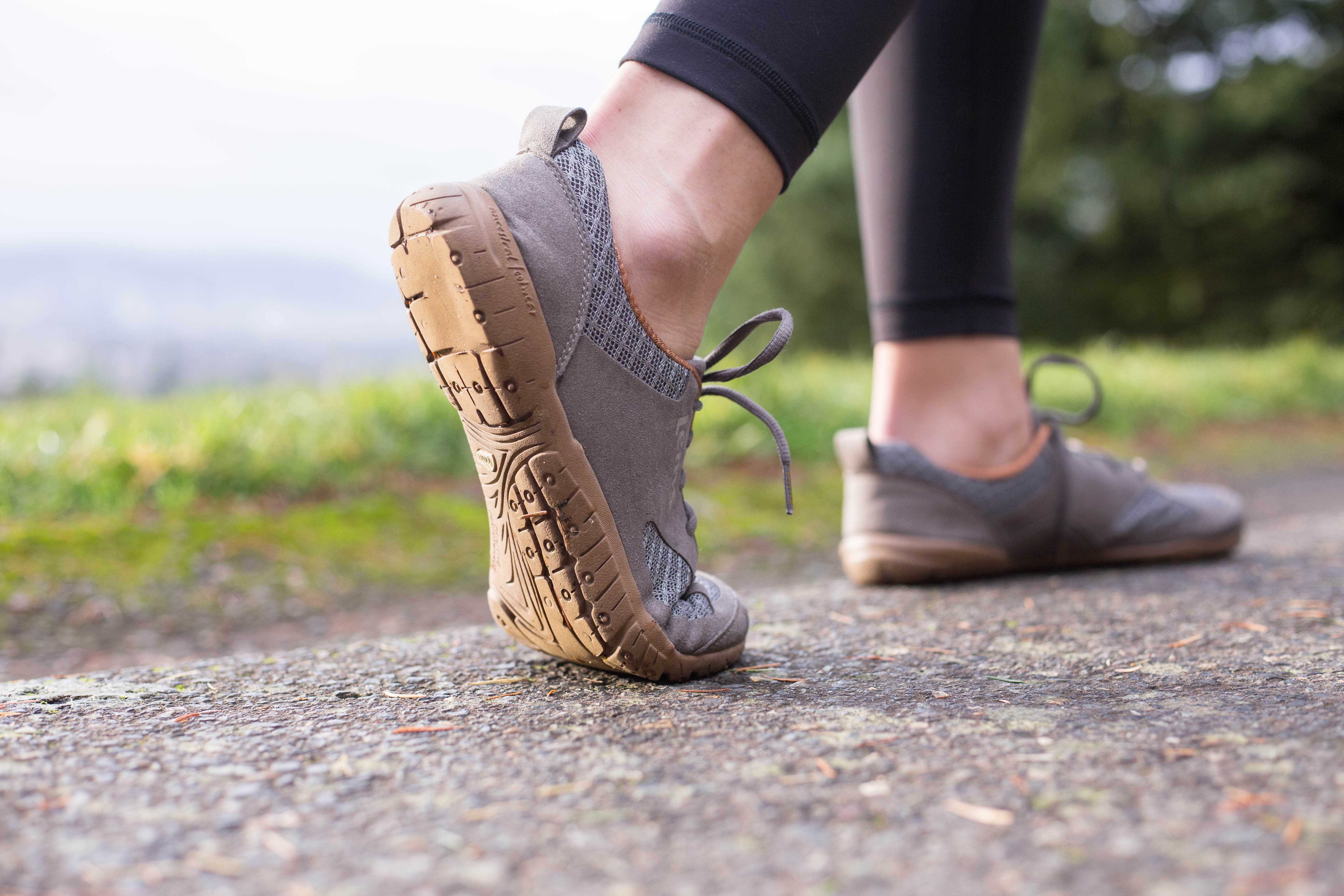 elevation. Many gait abnormalities decrease as foot muscles strengthen, so the ideal shoe sole should be flexible enough to encourage foot muscles to flex and contract. Strengthening or re-balancing of tissue is necessary for optimal functioning; however, strengthening of tissues takes time. Returning to natural movement patterns via foot alignment and strengthening should be implemented slowly and progressively. Balancing and strengthening tissue by utilizing footwear that is naturally shaped, zero-drop and flexible will change gait patterns. It’s important to recognize that there is no one perfect human gait or ideal movement type that works for everyone, we each have our own individual ideal patterns. Natural footwear will help every individual to achieve their specific, ideal gait.
elevation. Many gait abnormalities decrease as foot muscles strengthen, so the ideal shoe sole should be flexible enough to encourage foot muscles to flex and contract. Strengthening or re-balancing of tissue is necessary for optimal functioning; however, strengthening of tissues takes time. Returning to natural movement patterns via foot alignment and strengthening should be implemented slowly and progressively. Balancing and strengthening tissue by utilizing footwear that is naturally shaped, zero-drop and flexible will change gait patterns. It’s important to recognize that there is no one perfect human gait or ideal movement type that works for everyone, we each have our own individual ideal patterns. Natural footwear will help every individual to achieve their specific, ideal gait.
For athletic and casual shoes that encourage foot strengthening and alignment, check out our Shoe List. For additional information on foot health and natural movement, please see www.correcttoes.com, or contact us.
